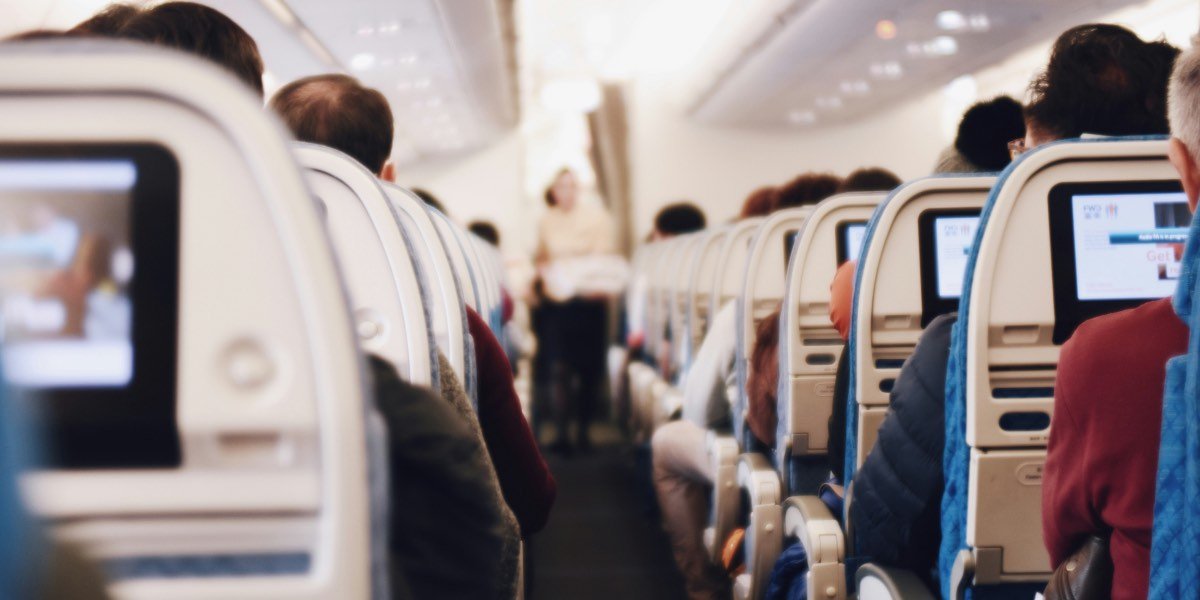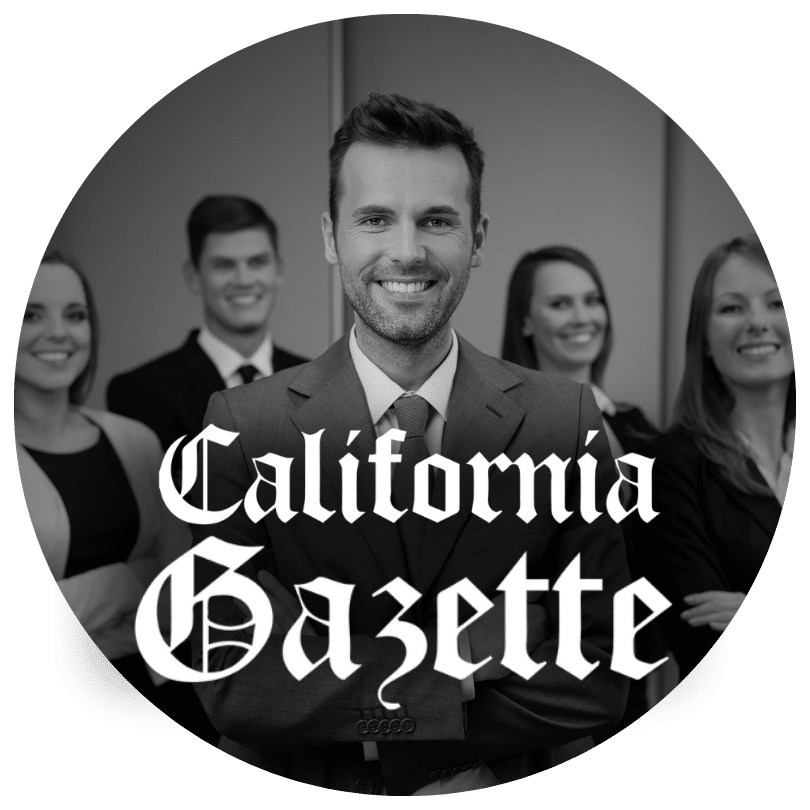Marathons have become a familiar feature of many Californian cities, celebrated for promoting health, tourism, and civic pride. Yet the real cost of marathons on business operations in California is a complex issue. While some organizations may benefit from the increase in visitors, others experience a range of disruptions, from limited customer access to delays in supply chains. These effects vary depending on location, industry type, and preparedness, prompting ongoing discussions about how large public events intersect with everyday commerce.
How Do Marathons Alter the Business Landscape, Even Temporarily?
When large-scale events such as marathons take place, local infrastructure often needs to adjust. Streets may be closed, traffic rerouted, and access points limited. Businesses situated along these routes may face temporary barriers to entry—not just for customers, but for employees and delivery services as well. A small business operating on a main thoroughfare could encounter reduced foot traffic for hours due to race-related closures.
A coffee shop that relies on a steady morning rush might see that flow significantly reduced when regular customers are unable to reach the area. Similarly, service-based businesses that depend on scheduled appointments may encounter cancellations or late arrivals, affecting both scheduling and revenue.
What Happens to Consumer Behavior During Public Events?
Consumer behavior often shifts during events that alter normal access routes or crowd movement. When customers encounter unexpected traffic congestion or are redirected away from familiar neighborhoods, their habits may change, sometimes only temporarily, sometimes for longer periods. In some cases, patrons may explore other parts of the city and discover new places to frequent, while others may simply postpone their errands.
A bookstore or clothing boutique might see lower foot traffic not because of a loss of interest, but because potential customers are diverted to easier-to-access areas. Even short-term adjustments to shopping behavior can lead to longer-term changes, especially if customers find alternative places that meet their needs with more convenience.
Do Businesses Benefit From Increased Visibility?
In certain locations, marathons may bring increased visibility to storefronts that are otherwise overlooked. Restaurants, retail shops, or cafes situated near start or finish lines might attract new customers passing by before or after the event. However, these benefits are not guaranteed and can depend heavily on how long the area remains accessible and whether event attendees are in the mood to shop, dine, or linger.
Retailers in high-traffic zones might gain exposure to new audiences, especially when weather and timing encourage exploration. But those same businesses might also need to increase staffing or security to manage the crowd—adding to operational costs. Whether the gains outweigh those costs is difficult to generalize and often varies between businesses.
How Do Logistics and Staffing Become More Complicated?
The impact of a marathon extends beyond customer access. Supply deliveries can be delayed if road closures interfere with standard delivery routes. Perishable goods may arrive late, which is especially problematic for grocery stores, bakeries, or restaurants that rely on freshness.
Staffing can also present challenges. Employees who rely on public transit or commute from neighboring cities might encounter extended travel times. If they’re unable to reach the workplace promptly, service levels may be affected. In some cases, businesses may need to adjust hours of operation, reschedule shifts, or provide accommodations to maintain adequate staffing levels.
Is the Impact the Same Across All Industries?
The real cost of marathons on business operations in California can differ significantly by sector. Hotels, for instance, may benefit from increased bookings due to incoming participants and spectators. Certain restaurants may see higher activity during the weekend of the event. However, for businesses that rely on regular clientele—like dry cleaners, beauty salons, or specialty shops—the disruption may translate into lost appointments or sales.
A manufacturing company might face delays receiving parts or equipment, while a local repair shop could find that a full day of service appointments becomes unfeasible due to traffic constraints. These effects are not always visible from the outside but represent important considerations for affected business owners and managers.
How Does Communication Influence Business Preparedness?
Timing and clarity of communication between event organizers and local business communities can significantly shape how well businesses manage the temporary changes. When businesses receive early notice, including specific details on road closures and detour routes, they are better equipped to plan schedules, adjust operations, or inform customers.
In areas where communication is more limited or last-minute, businesses may be caught off guard. A bakery expecting early morning deliveries might not discover a blocked loading zone until drivers report delays. A retail store might miss the chance to notify its regulars of limited parking until it’s too late. These gaps can lead to avoidable setbacks, especially for smaller establishments with limited resources.
Do Communities Experience Economic Gains Overall?
The broader economic influence of marathons remains a topic of ongoing evaluation. While some data suggest these events can draw tourism and generate spending in certain sectors, the distribution of benefits is rarely even. Revenue gains in hospitality or transportation may not necessarily extend to small businesses in less-trafficked areas.
Restaurants near the finish line may see full tables, while a florist a few blocks away sees minimal activity. What’s clear is that while some sectors stand to benefit, others may encounter obstacles that reduce their normal operating potential.
Does Location Determine the Level of Impact?
Geographic placement within a city is one of the strongest indicators of how a business will be affected. Those directly on the race route may face full closures or require special permits for access. Others in nearby neighborhoods might still experience slower days due to detours or parking restrictions, but can often stay open with reduced disruption.
Even within the same city, the scale of impact varies block by block. A corner store with high visibility and pedestrian access might adjust more easily than a business in a complex where all entrances are blocked. The physical design of streets, availability of alternative routes, and density of the business area all contribute to how manageable the effects become.
Is There a Way to Balance Events With Business Needs?
Many cities have started to explore more structured ways to support businesses during large public events. This can include designating alternative access points, providing signage for detours, or offering event-specific marketing materials to attract participants into nearby shops.
While these solutions don’t eliminate all challenges, they reflect a shift toward more integrated planning. When businesses feel included in the process, they’re more likely to find ways to adapt. Event organizers, too, benefit from stronger community support and fewer complaints when businesses are given a role in preparation.
What Are the Long-Term Considerations for Business Resilience?
With marathons becoming a recurring part of the annual calendar in many Californian cities, businesses increasingly view them as events to plan around. Some choose to close for the day, building the costs into their broader financial strategy. Others adapt by adjusting hours, staffing, or promotions.
The real cost of marathons on business operations in California isn’t always negative or predictable. It depends on a mixture of planning, location, industry type, and available resources. While the enthusiasm surrounding these events is often high, continued dialogue between organizers, local authorities, and business owners is key to ensuring that the benefits of these events can be more evenly shared across the community.






